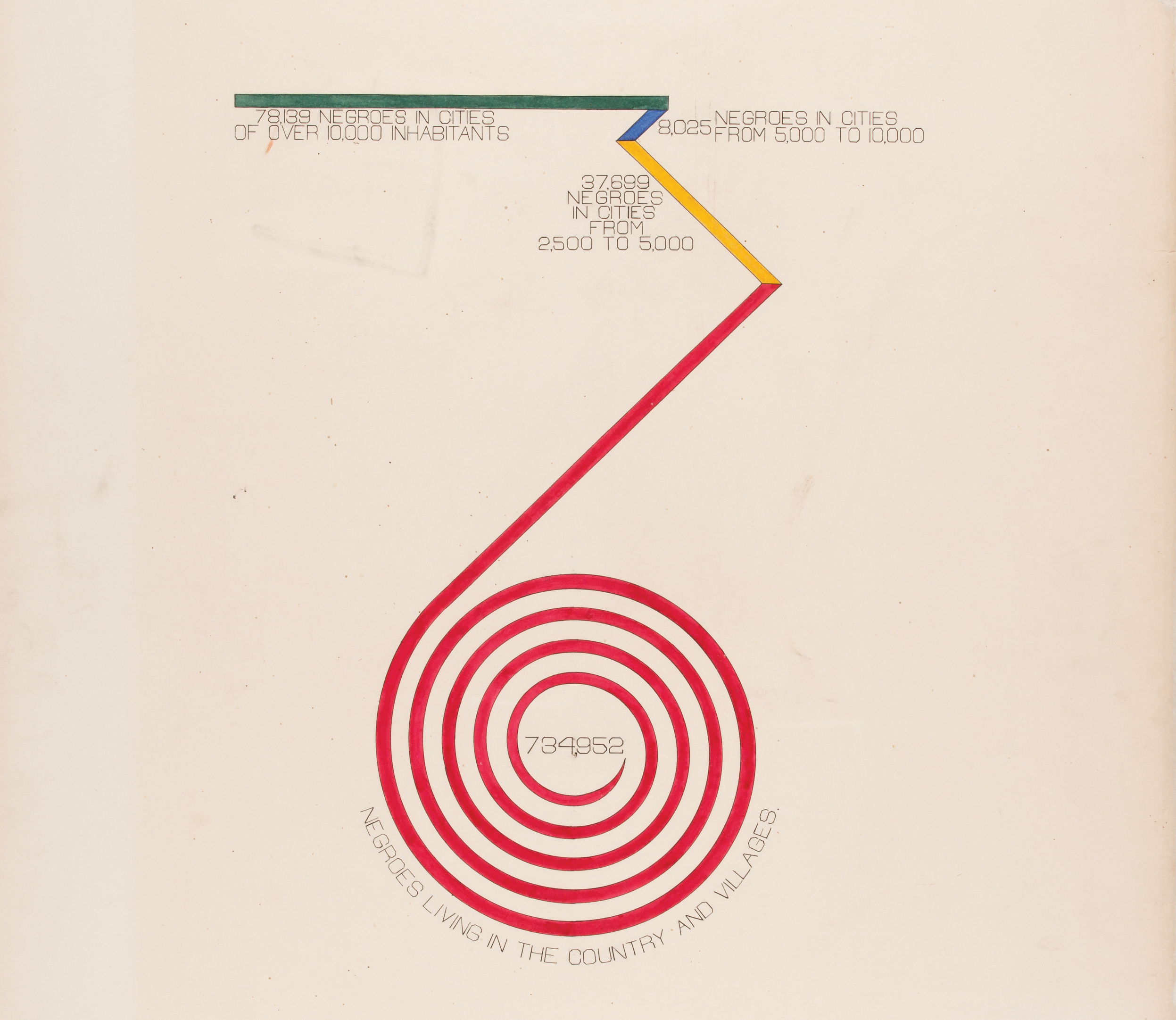When you consider beginning your music journey, it's important to explore the different instruments typically introduced in schools. You'll experience string tools like the violin, wind instruments such as the flute, and percussion choices like the snare drum. Each offers distinct audios and experiences that can shape your music identity. However how do you choose which one straightens with your interests and convenience? The solution may stun you as you take into consideration factors like your individual preference and the skills you intend to develop. Allow's take a closer check out what each classification provides.
Generally Taught String Instruments
When you think about string tools in institutions, the violin, viola, cello, and dual bass commonly come to mind. These instruments create the core of many school bands and string sets, offering an abundant structure for music education and learning.
The violin, known for its bright noise, is commonly the first string tool students learn. Its tiny size and convenience make it suitable for beginners.
Next, you may encounter the viola, a little larger than the violin, and tuned a fifth reduced. Its deeper, warmer tone complements the violin beautifully, and it plays an essential role in developing consistency within a set.
The cello, with its abundant, resonant voice, uses a different playing experience. Lots of pupils are attracted to its meaningful capacities and the way it can share deep feelings.
Lastly, the double bass, the largest of the string family members, provides the bass foundation for orchestras. While it might appear intimidating in the beginning, its deep sound is essential for grounding musical compositions.
Each of these instruments helps develop vital skills, consisting of teamwork, self-control, and a love for music, making them invaluable in an institution setup.
Popular Wind Instruments
Wind tools play an essential function in college music programs, with preferred selections including the flute, clarinet, trumpet, and saxophone. Each of these instruments supplies distinct audios and attributes, making them attracting students of all ages.
The groove's light, ventilated tone typically catches the hearts of newbies. It's a terrific choice if you delight in playing tunes.
The clarinet, understood for its rich, cozy noise, is flexible and fits well in various music designs, from classic to jazz.
If you're searching for something bold, the trumpet's bright and effective audio will certainly stand out in any set.
The saxophone integrates the best of both worlds, providing a smooth, expressive noise that's ideal for jazz and symphonic music alike. Lots of trainees locate its curved form and comfortable mouth piece easy to handle, making it a popular option for those new to wind instruments.
When you pick a wind tool, take into consideration the sound you're drawn to and the sort of music you intend to play.
Each choice supplies a wonderful opportunity to develop your musical skills and reveal yourself artistically. You'll be impressed at just how rapidly you can learn and expand with these tools!
Vital Percussion Instruments
Percussion instruments are the heart beat of any school music program, giving rhythm and energy to various musical sets. They're important for creating a solid sense of timing and control in young musicians. When you think about percussion, you may immediately picture drums, however there's a diverse range of instruments that fall under this group.
The snare drum is a staple, known for its sharp, crisp sound that includes strength to performances. The bass drum, with its deep, powerful tones, supports the set's rhythm. You should likewise check out cymbals, which can produce significant crashes or refined accents, enhancing the general audio.
https://www.heart.org/en/news/2022/01/25/at-26-elementary-school-music-teacher-had-a-stroke-between-classes consist of tambourines, maracas, and xylophones. music lessons for autistic child near me offer a lively jingle, while maracas offer a fun, trembling audio. Xylophones, with their melodic bars, allow you to discover pitches together with rhythm.
Don't forget about hand percussion, such as congas and bongos, which bring a world music taste to your arsenal. By explore these instruments, you'll discover how they can raise any musical item, making your contribution to the institution band or orchestra memorable and impactful.
Verdict
To conclude, exploring various music instruments can be an amazing trip for you. Whether you're drawn to the abundant tones of string instruments, the airy tunes of wind instruments, or the balanced beats of percussion, there's something for every person. Keep in mind to select an instrument that reverberates with you, fits your convenience level, and sparks your interest. As you study music, you'll not only develop new skills however additionally nurture a long-lasting love for this lovely art kind.
